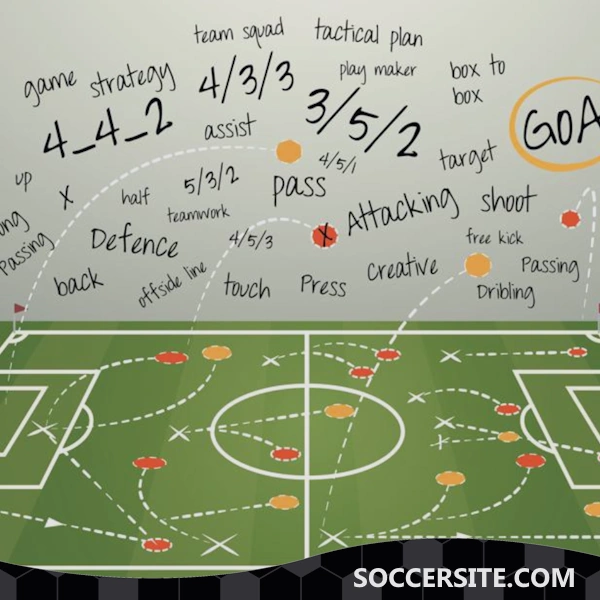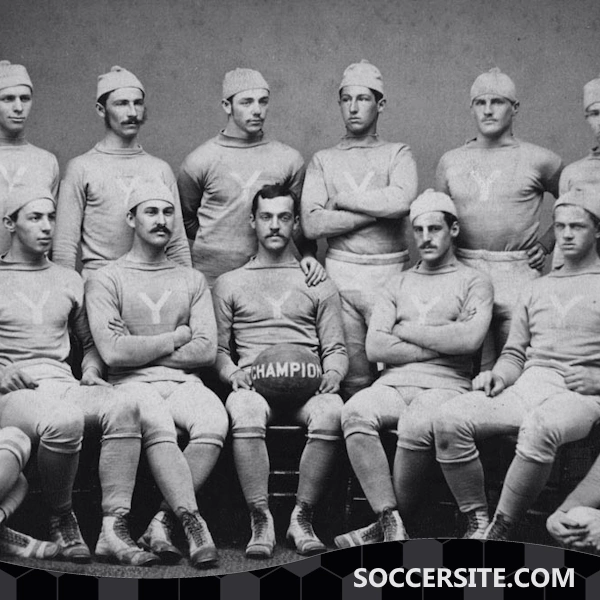
Football, or soccer as it's known in certain parts of the world, is a dynamic sport. Beyond the individual flair and raw talent, tactics and techniques play an indispensable role in shaping the outcome of matches. From the early formations of the 1900s to the high-pressing, fluid movements of today, football has witnessed a continuous evolution in how the game is approached and played.
The Genesis: WM and Pyramid Formations
In the early 20th century, teams primarily employed the '2-3-5' or the 'Pyramid' formation. This setup was heavily attack-oriented, with five forwards ready to pounce on the goal. However, as the game progressed, the need for a more balanced approach led to the adaptation of the 'WM' formation, which looked like a 3-2-2-3 on the field. The WM was one of the first instances of tactical innovation in football, offering better defensive coverage without compromising the attack.
Enter the Italian Catenaccio
By the mid-20th century, Italian clubs, notably Inter Milan under Helenio Herrera, popularized the 'Catenaccio' or 'door-bolt' system. This tactic prioritized defense, often employing a sweeper or 'libero' behind the main line of defense. The idea was to absorb pressure and then hit the opposition with fast counter-attacks, exploiting any gaps left open. This style of play, while often criticized for being too defensive, brought significant success to teams that mastered it.
Total Football: The Dutch Revolution
In the 1970s, the footballing world was introduced to the mesmerizing concept of 'Total Football,' primarily associated with the Dutch national team and Ajax under Rinus Michels and later epitomized by Johan Cruyff. In this system, players were versatile and could switch roles seamlessly, creating a fluid and dynamic style of play that confused and overwhelmed opponents. Every player, except the goalkeeper, could play in any position, making it a highly adaptable and attacking tactic.
The 4-4-2 Dominance
As the 1980s and 1990s rolled in, the 4-4-2 formation became predominant in European football. With two banks of four and two strikers, it offered teams a stable defensive structure while providing width for attacks from the flanks. Teams like Manchester United under Sir Alex Ferguson exemplified the success that could be achieved with this balanced formation, blending defense with potent attacking prowess.
The Rise of Tiki-Taka and Pressing
With the new millennium came a style of football that emphasized possession and short passing sequences: Tiki-Taka. Mainly associated with FC Barcelona and the Spanish national team, this technique, under managers like Pep Guardiola, prioritized ball retention and positional play. Almost simultaneously, the concept of high pressing gained prominence. Teams aimed to win the ball high up the pitch, forcing errors from the opposition. This style of play required immense fitness levels and precise coordination among players.
Modern Fluidity: From 3-4-3 to False Nines
Recent years have seen a shift towards more fluid and flexible tactics. Formations like 3-4-3 offer teams defensive solidity and midfield dominance. The role of the 'False Nine,' a forward who drops deep into the midfield to create overloads and passing options, has also seen prominence, with players like Lionel Messi redefining forward play. These modern tactics highlight the sport's continuous evolution and the quest for tactical advantage.
The history of football tactics and techniques is a testament to the sport's dynamic nature. As football continues to evolve, one can only anticipate the innovations and strategies the future holds. What remains constant, however, is the undying passion and love for the beautiful game that drives these evolutions.






